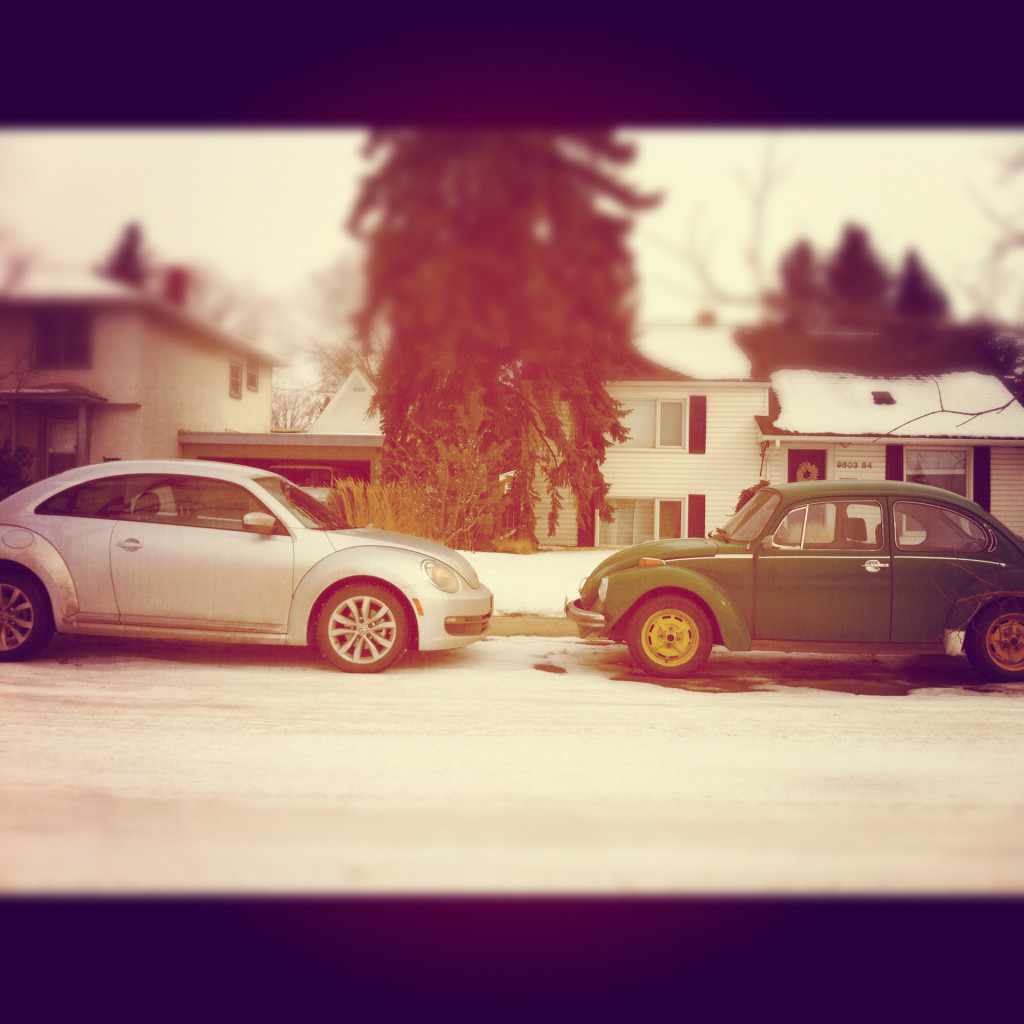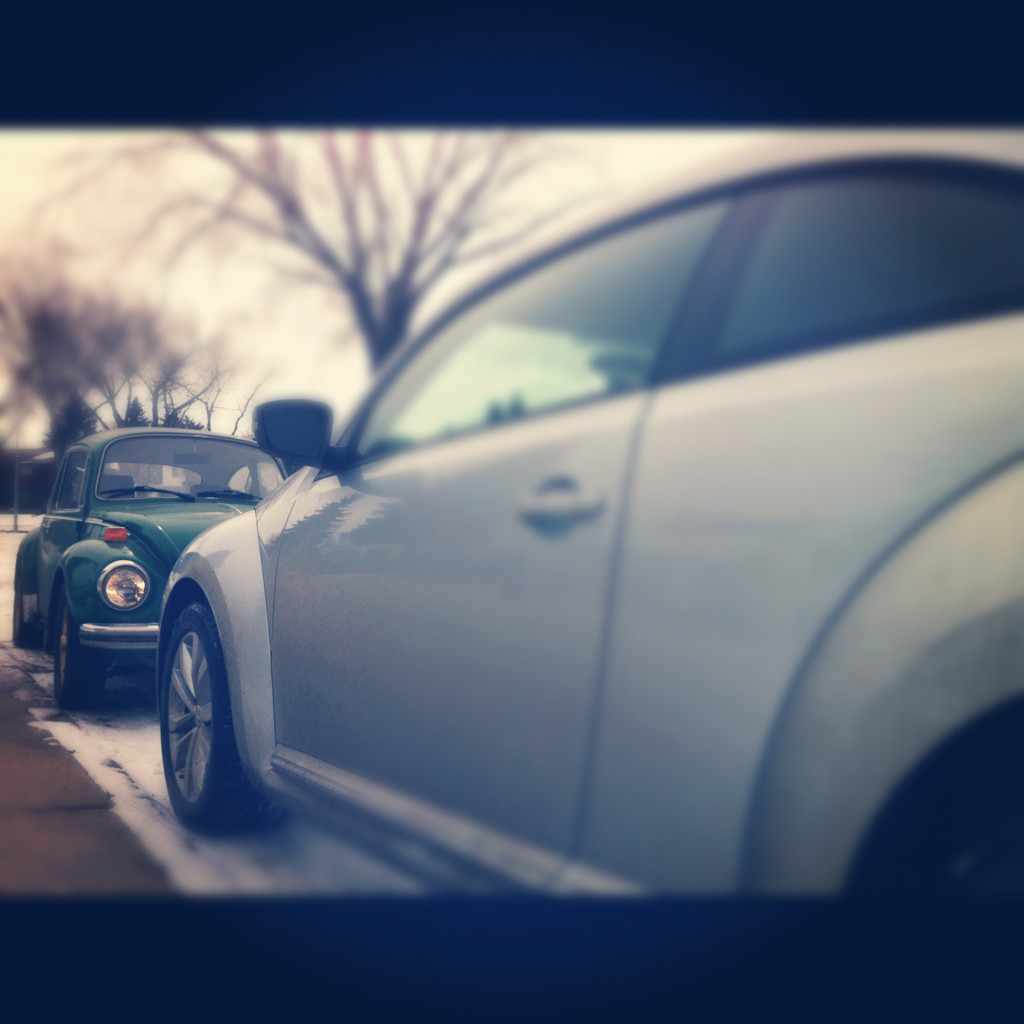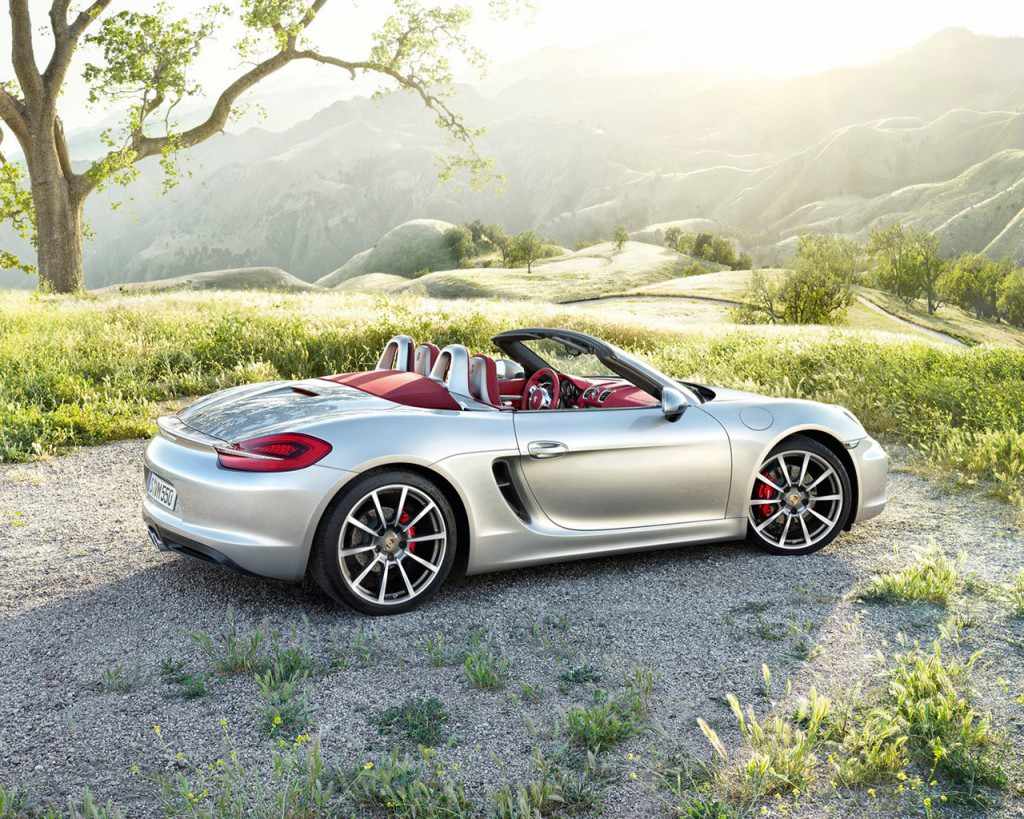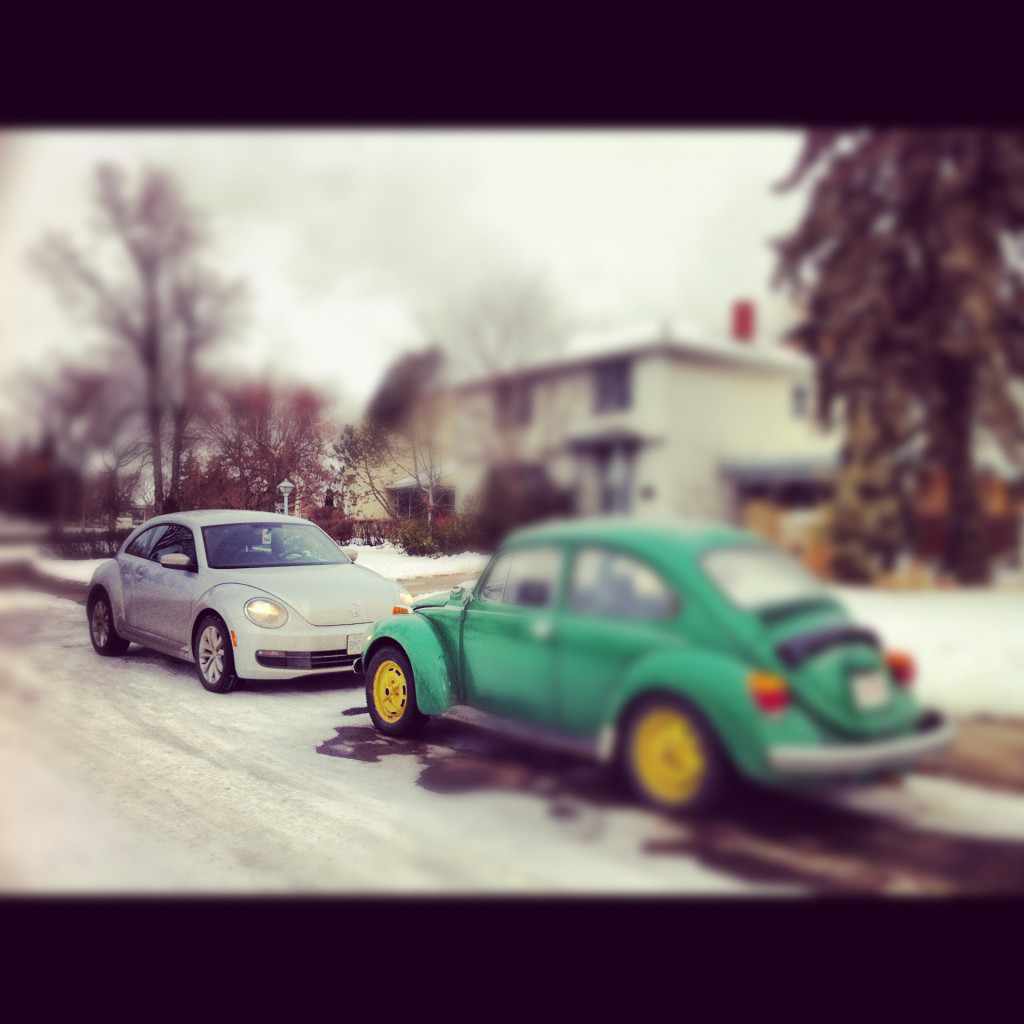by CarEnvy.ca
“ποταμοῖσι τοῖσιν αὐτοῖσιν ἐμϐαίνουσιν, ἕτερα καὶ ἕτερα ὕδατα ἐπιρρεῖ”
Heraclitus, the pre-Socratic Greek philosopher, said that change alone is unchanging. Roughly, his quote above translates to: “You cannot step into the same river twice, for fresh waters are ever flowing in upon you”. But even if this is quite an old idea, it sounds circular to say that nothing is forever except the fact that nothing is forever. It sounds so obvious, no?
Well, no. It’s actually quite deep.
This thought is partially echoed in Hindu philosophy, which speaks of earthly impermanence, but Hinduism takes it a step beyond the plausible by manufacturing transcendent constructs that supersede our knowable universe and it is these constructs that are believed to be impermanent. This is not to decry Hinduism, or any organized religion, for these are the most useful and valuable institutions yet created by man. Ironically, they also seem to be the most lasting. It makes for a great story, a beautifully illustrated allegory, but it also results in concepts such as the Soul. No, not the Kia Soul, although I’m still waiting to hear back from Kia Canada’s PR people as to the validity of this perfectly reasonable connection, but rather the human Soul. It’s a troubling concept, the Soul, but an understandably appealing one as well.
Buddhist philosophy counters its more widely adopted relatives with the concept that nothing is exempt from the unending sea of change, and that there is no permanent and fixed reality of any sort. Buddhism also adopts the notion of re-birth, but, and this is the important part, once enlightenment is achieved, even that comes to an end. The concept of a constant flux is also in line with our contemporary understanding of biological science. We know that every cell in our body is constantly changing – proteins are being transported, DNA is being synthesized, energy is being produced – there is nothing static at this fundamental level of life.
So if there is no impermanence at the most basic level, it’s implausible that impermanence should be an emergent function of more complex beings such as ourselves. If anything, as we see with banks and governments, larger and more complex structures are in fact more fragile and more vulnerable to changing environments. Just as are we, the beings that trillions of individual cells conspire to shape. If each cell is always changing then so are we. Besides, are we not different than we were yesterday? Have we not grown and changed in the past five years? We’ll all sheepishly admit that, yes, we’ve changed, but unless really pressed, it’s convenient, perhaps even natural, to forget this. By default, we feel adrift in a constant and ceaseless stream of nowness – we feel as if there is something intrinsic and unchanging at our cores – something that is constant while everything around us shifts, swirls, and swings.
We feel that others share this immovable quality as well. We believe that Peter is who Peter has always been, but this is truly a deception, one of the grandest of all the illusions embedded in the human condition. For many, this deception is so unimaginably endless that an afterlife, or successive re-births, are necessarily erected constructs, that the deception may last forever and that mortality is never realized. These other supernatural ideas emerge organically from the deeply seeded notion of the Soul. But in reality we are ever adjusting and reorganizing ourselves, adapting to our environment largely without effort.
Without this impermanence, there would be no progress, no change, just an immutable existence that could hardly be called life at all.
But if change is relentless, unavoidable, and even desirable, how is it that the New Beetle soldiered on for very nearly 15 years? Just for perspective, in automotive terms, fifteen years ago Hyundai and Kia were making transmission-eating rusted death traps, and today they’re winning awards for quality. It’s fully 3 generations of vehicle development and improvement. That’s like 3 human lifetimes; as if the New Beetle had found Amrita, the life-prolonging elixir of immortality and drink of choice of the Hindu gods. The Beetle, then, is like a 300 year old man. Imagine if Jean-Jacques Rousseau, born 300 years ago this June, had still been alive today. Who knows that kind of man Émile would’ve grown up to be had he lived for three centuries. An out-of-touch man, at the very least.
Although the born-in-1998 Beetle lived a bizarrely long life, though perhaps not so compared to its predecessor, it could not continue forever. Nothing can. So today we have the 2012 Beetle. It’s more masculine than its predecessor, but no less retro and still firmly in the company of feminine cars like the SLK and TT that seem incapable of shaking their delicate images (the 2013 Boxster, particularly on the optional 20” wheels seen below, is perhaps the only car in recent memory to conquer its effeminacy).
The stunning progeny of constant evolution.
This having been said, the newest Beetle’s lack of masculinity is not for lack of effort. With a racy square-bottomed steering wheel and vaseless interior, the 2012 Beetle tries to trick you the moment you first sit in the driver’s seat. The tricks continue when you fire up the 2.5L straight-five-cylinder engine and hear the rorty rip from the dual exhaust tips. By now, you’re fully deceived.
Out on the road, the wider, lower, and longer Beetle is so composed and stable that you’re starting to think that this is a well-sorted driver’s car after all. The suspension is tuned to invisibility, a measure of perfection in my eyes. Whether driving on broken urban roads, smoothly undulating highways, or quick esses, the ride comfort is ideally balanced with body control, almost as if Porsche did the suspension tuning. Regrettably, the driving experience unravels when we arrive at the steering. Here, despite the square-bottomed wheel, it’s clear that VAG subsidiary Porsche had zero involvement. The steering is weighty at low speeds, excessively so for a city car, and it just gets worse from there, dying a mortal death as the speed increases and road corners materialize. There’s not only a dearth of feedback but also an unsettling vagueness that leaves the driver wondering where the car is really going. One thing’s for certain, it’s not going where you want it to.
Even after its father lived the equivalent of 300 human years, and its grandfather lived closer to 1000, the 2012 Beetle is an unconvincing successor. In the past 15 years, while the rest of the automotive world took three jumps forward, it took only one, and it shows. The idea of immortality, afterlives, and re-birth may be a valuable crutches to assuage our mortal fears, but living past our times has unintended consequences that we don’t appreciate. Watching the world whiz by while you stand still is one of them.
Death is as necessary as birth. Cycles of evolution, advancement, and progress require it. So here’s to this Beetle dying in 2017 and not a moment later. It’s what Heraclitus would’ve wanted.
And that’s the Philosophy of Driving for this week. See you next Monday morning!
[Photo credits: author using Instagram, except for the Boxster shot, which is courtesy of Porsche]




